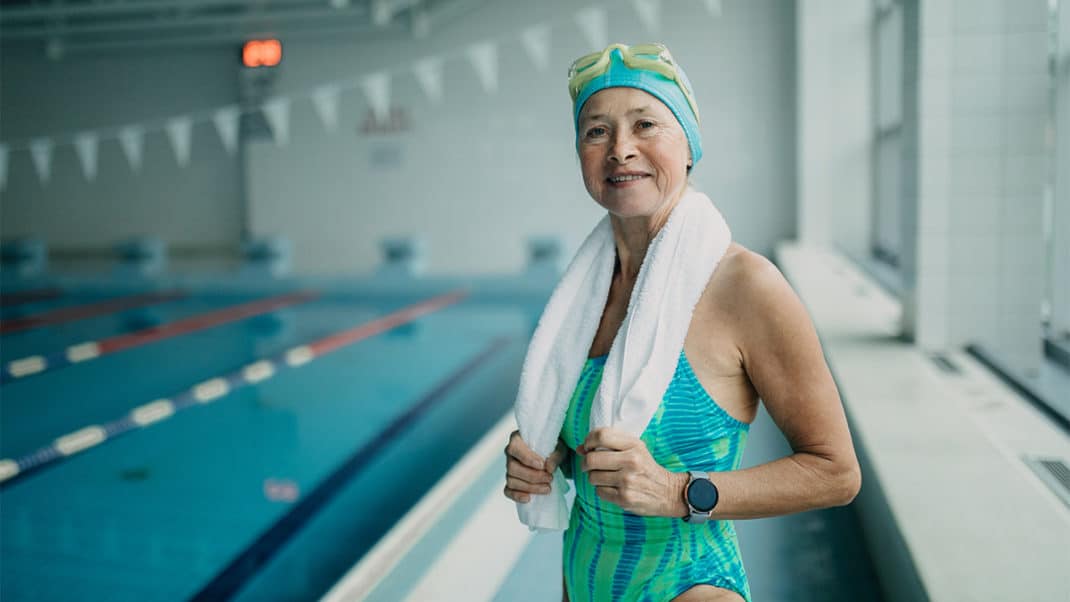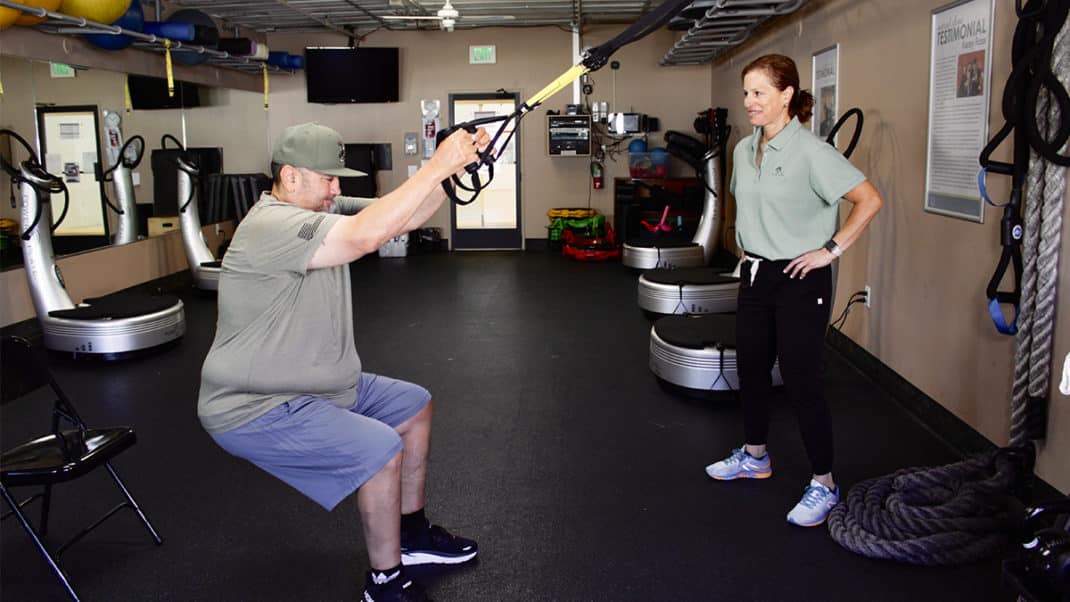Make Believe in Motion
IDEA member Scott Liebler introduces low-income pre-schoolers to the wonders of movement.
When IDEA member Scott Liebler reads through his mail, he often finds colorfully scribbled letters with messages like these:
“I love myself. Thank you for spending time at Woodmen Roberts. I learned to exercise more.”
“Thanks for teaching me to love myself, eat healthy food, exercise, be happy and stay in touch with myself.”
These notes from low-income pre-schoolers across Colorado are more than just testimonials for Liebler’s program, Funsical Fitness with Silly-cise™ and Adventurobics™; they are signs of hope for a future filled with physical activity.
For the past 12 years, Liebler has focused his efforts on helping preschool kids whose parents can’t afford to send them to dance or gymnastics classes. Through vivid characters like Giant Burt, Princess Myrt and their son Schnert, Liebler guides about 400 Head Start students on weekly musical journeys that also just so happen to teach them the joys of exercise.
Liebler’s background as a professional clown and children’s gymnastics teacher taught him that kids could “achieve a reasonable degree of physical competency through repetition of developmental steps.” The improvements he witnessed in behavior, emotional stability, learning ability and self-esteem further augmented his drive to teach movement.
Liebler designed his curriculum over a 2- to 3-year period by working with other professionals, mainly college professors, who already had experience creating developmentally appropriate programs for preschoolers. He also worked with occupational and physical therapists, who offered valuable insights. “In a way, all children are somewhat disabled when it comes to movement,” says Liebler. “After all, they’re all learning how to move. I really had to consider the developmental aspects of movement to discover which activities were considered appropriate. Safety is a chief concern. I wanted to create a step-by-step program of activities that would allow all children to achieve optimal motor skill.”
The result: a training module that shows teachers how to coach their young students about the benefits of a daily exercise program.
Funsical Fitness with Silly-cise and Adventurobics is an amalgamation of several different principles, including vocalization, music theory, sensory integration, basic developmental gymnastics, dance, yoga, tai chi, Brain Gym®, Feldenkrais® and cardiovascular exercise. “The activities are arranged as adventures with enchanting story lines, characters and music,” says Liebler. “Each of our recordings is designed to keep children moving continuously for 15 minutes at a time. Children are having fun, using their imaginations and being more or less entertained as they exercise their bodies and minds.”
Liebler feels the fun factor is the main ingredient in his success. “When they’re smiling and laughing, they’re all mine,” he says. “I’m more like an actor than a teacher. I believe my goal is to turn children on to physical activity. Let them see that it’s fun. I’m more concerned with the attitude I hope to instill as opposed to the skills I think they should be mastering. I make sure there is no competition and that every child experiences success, has fun and is safe.”
There are challenges, of course. A language barrier is one of them, as many students Liebler teaches are Hispanic and he doesn’t speak Spanish. He overcomes this hurdle by demonstrating the moves and being very animated. Another challenge is dealing with behavior. “You really have to limit your personal expectations and just stand and deliver,” Liebler says. “Children don’t necessarily disguise their feelings or try to be impressive like adults. You never know what you’re going to get as far as participation and behavior go. However, as kids gain trust, they learn to follow along with enjoyment.”
Liebler attributes part of his success to teachers’ openness to the program. “Sure there are some teachers who just aren’t into exercise themselves, but they understand the need for the children to participate,” he says. “My persistence and positive attitude seem to be contagious. It’s also important for me to be sensitive to the teachers. I can’t be demanding, and I treat them with respect. After all, I am being invited to their classrooms. It’s key that they’re able to follow up and teach the program, since I can get to their classrooms only once a week at most.”
Liebler encourages anyone with a desire to teach preschoolers to start with the fundamentals and go from there. Beyond that, he recommends a selfless approach.
“Be firm yet gentle, smile constantly, laugh, be funny and, most of all, tame your ego; it scares children and the teachers won’t put up with it,” he says. “I firmly believe that the most important thing I can do is to expose children to the wonders of movement and give them the confidence to know that they can learn how to do anything with persistence and patience.”
Joy Keller
Joy Keller is the director of marketing communications & PR at IDEA, and has also served as executive editor of IDEA Fitness Journal, IDEA Fitness Manager, IDEA Pilates Today, and IDEA Fit Business Success. She is also a certified personal trainer, indoor cycling instructor and yoga teacher (RYT 200).






